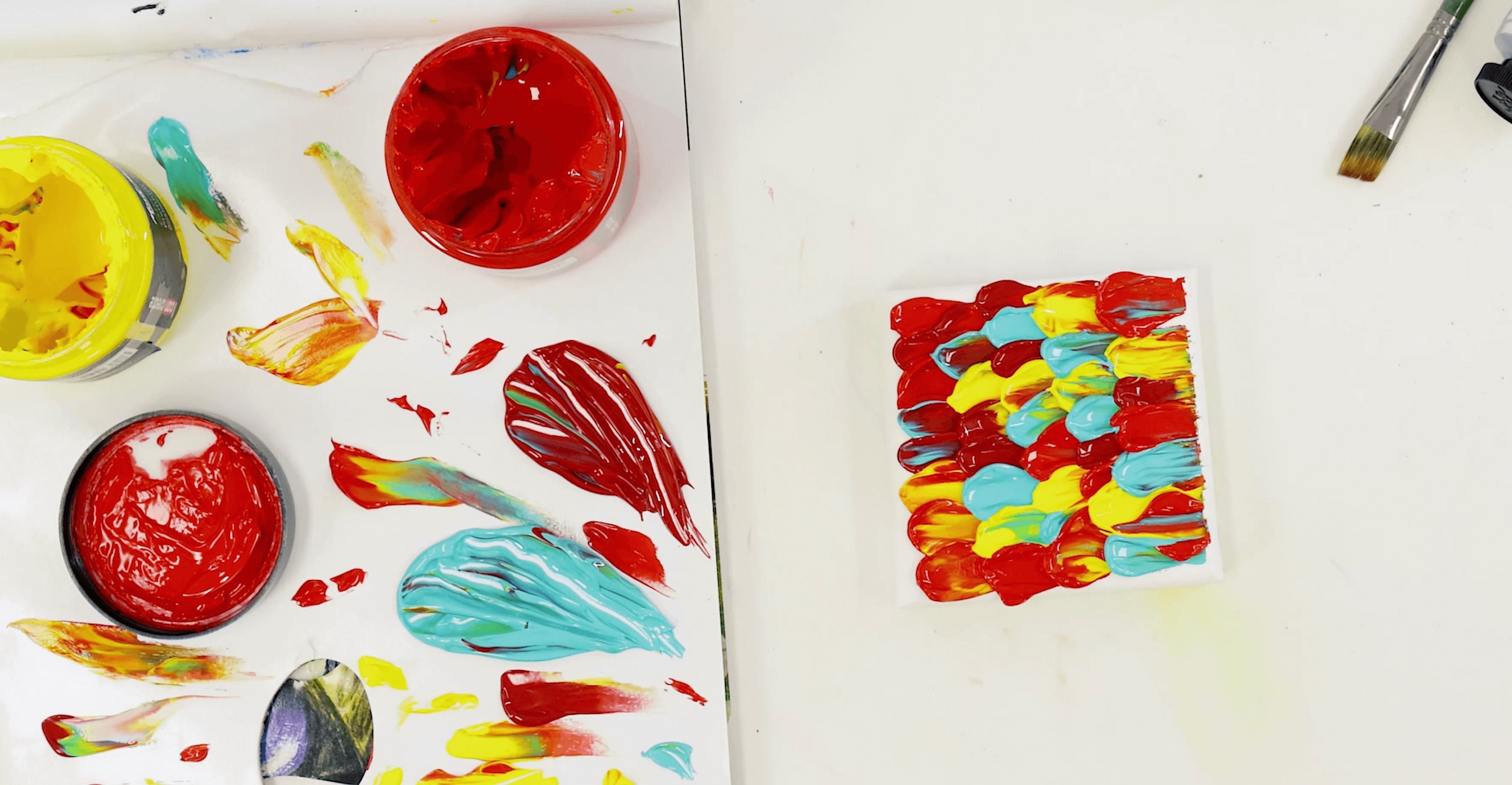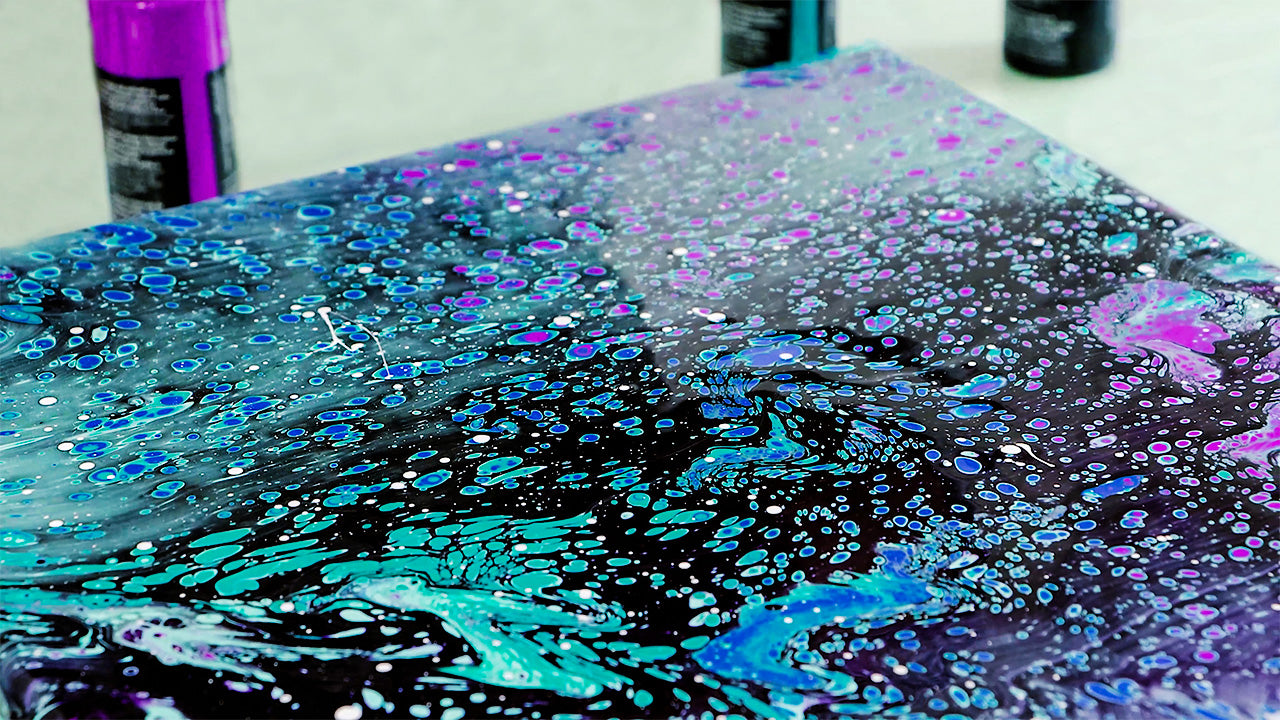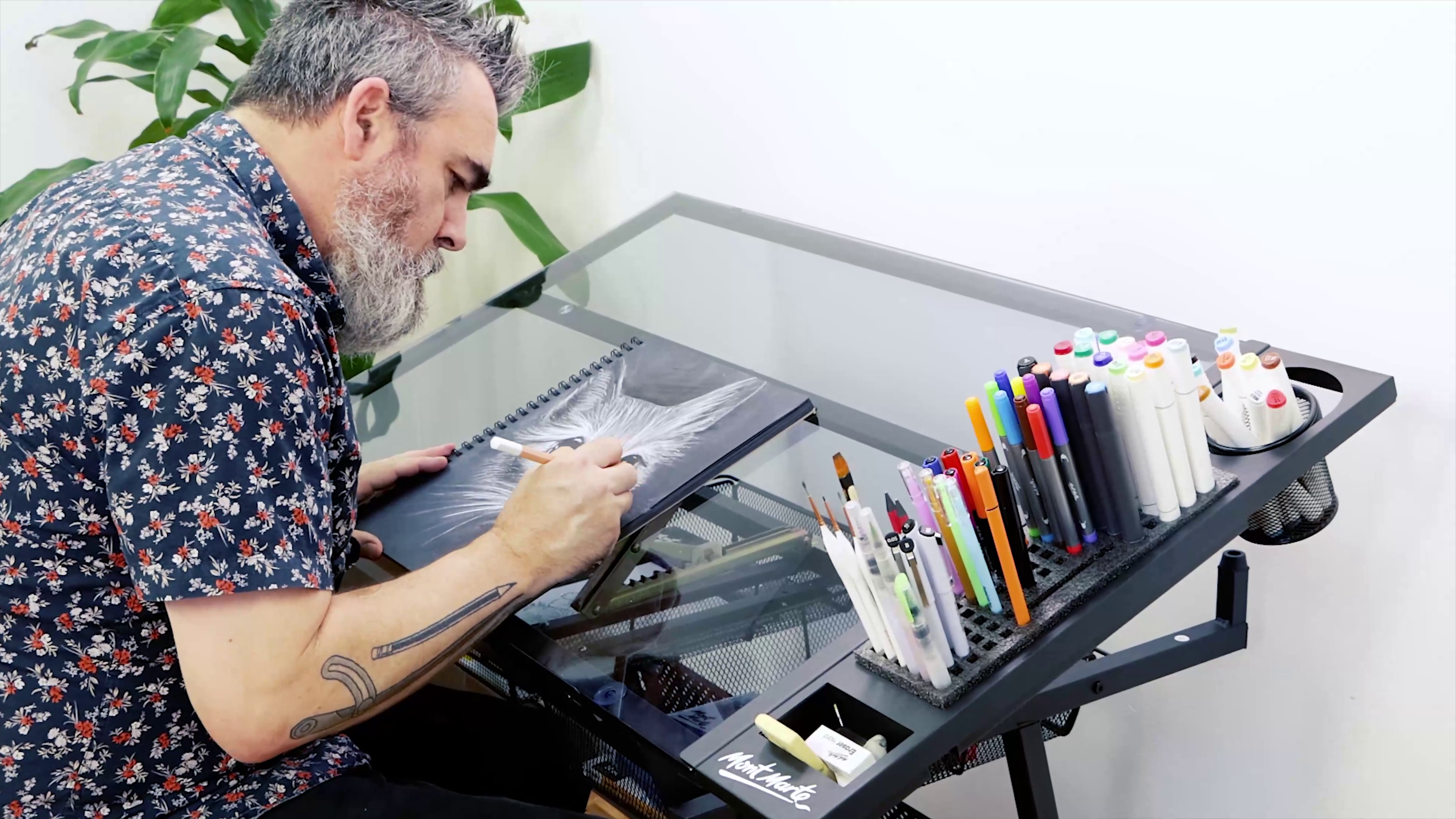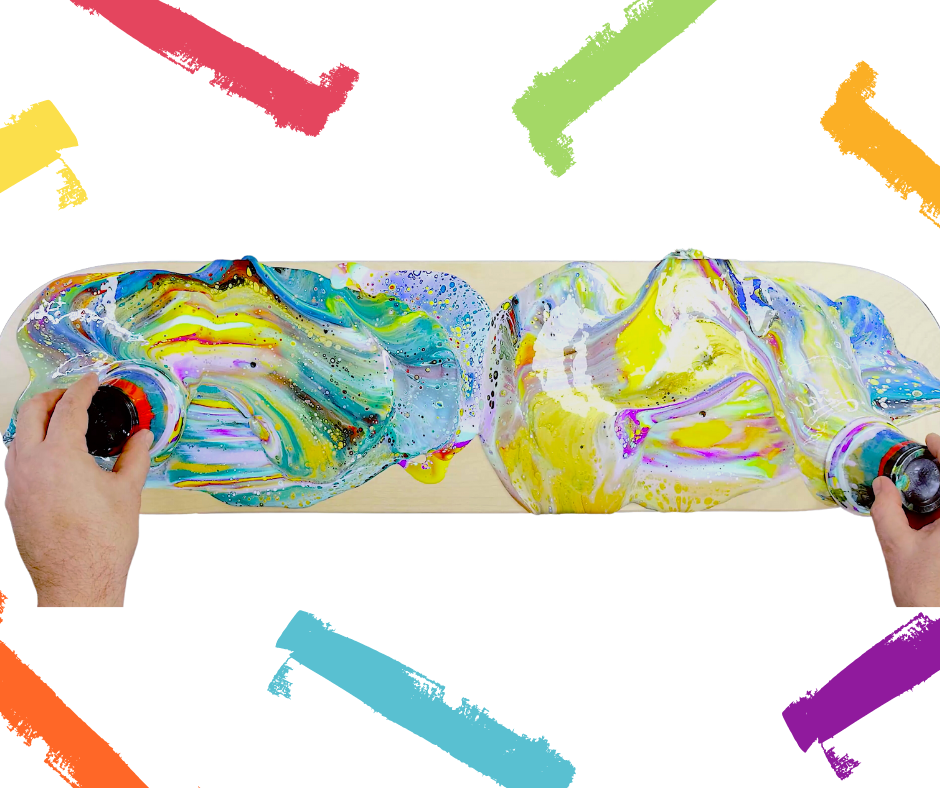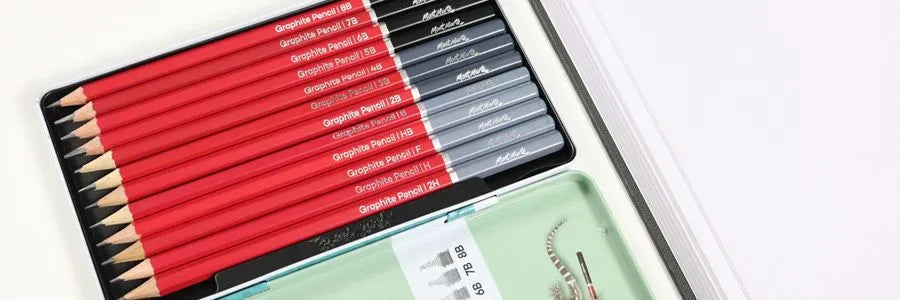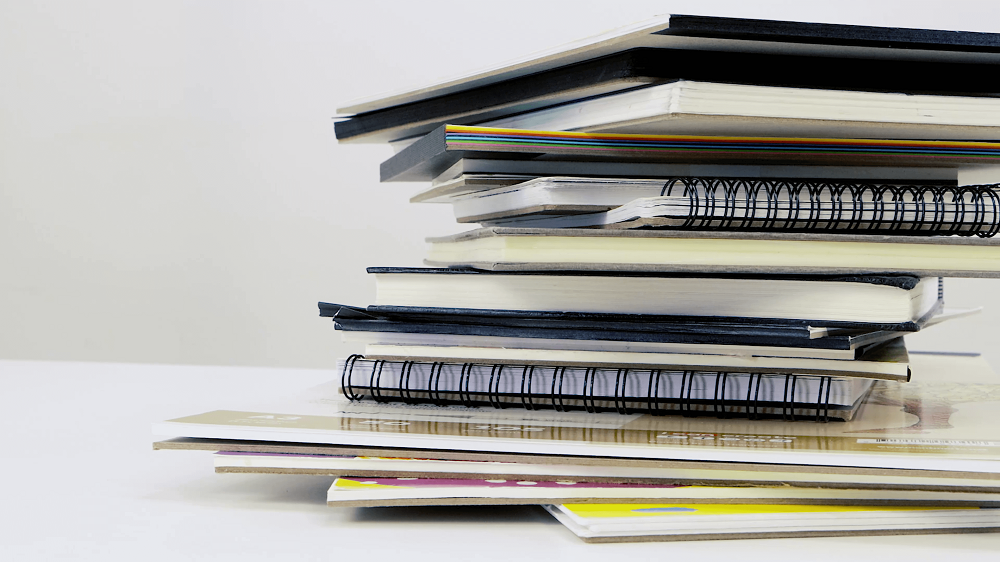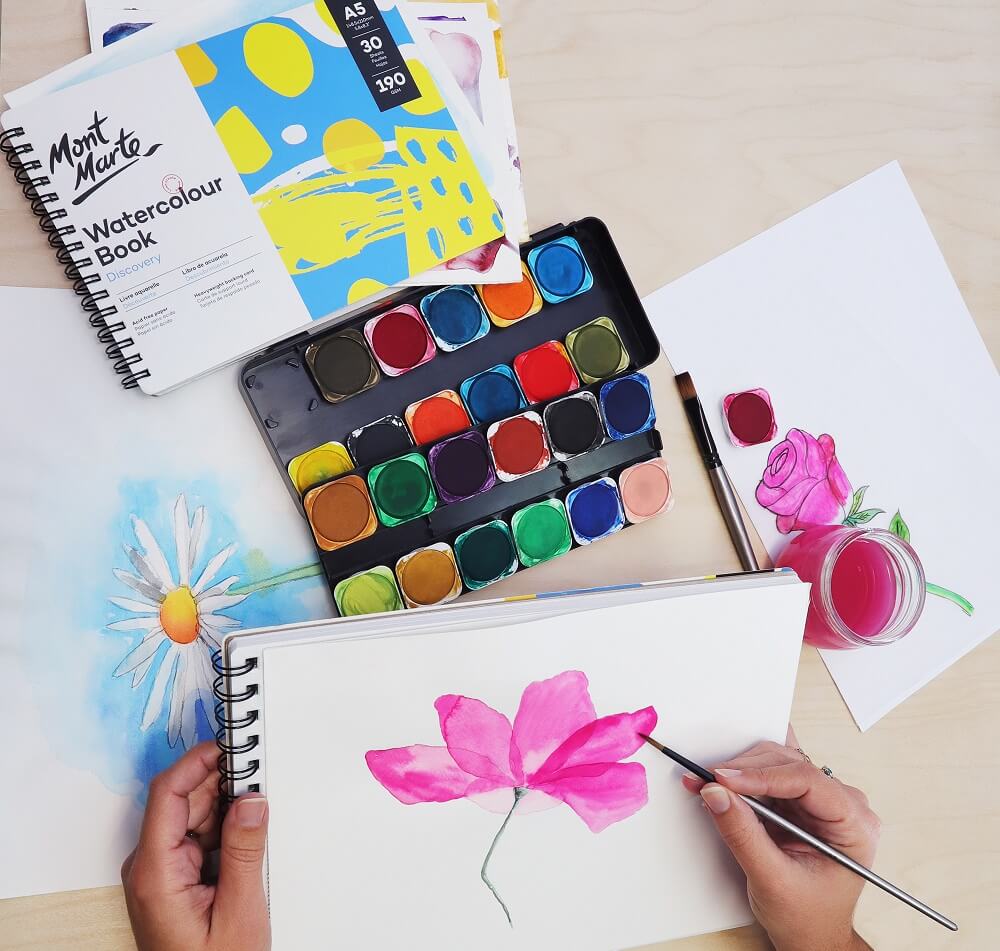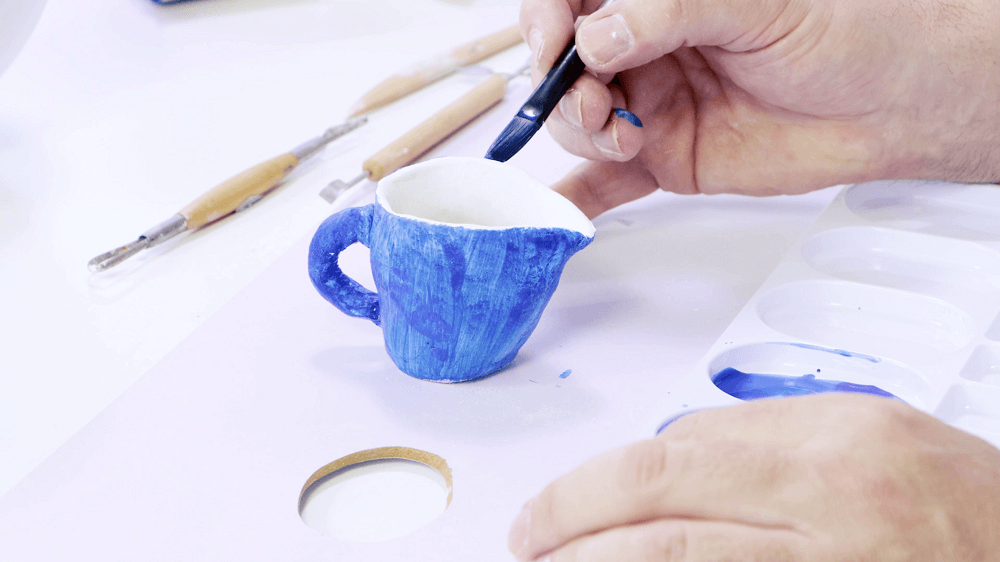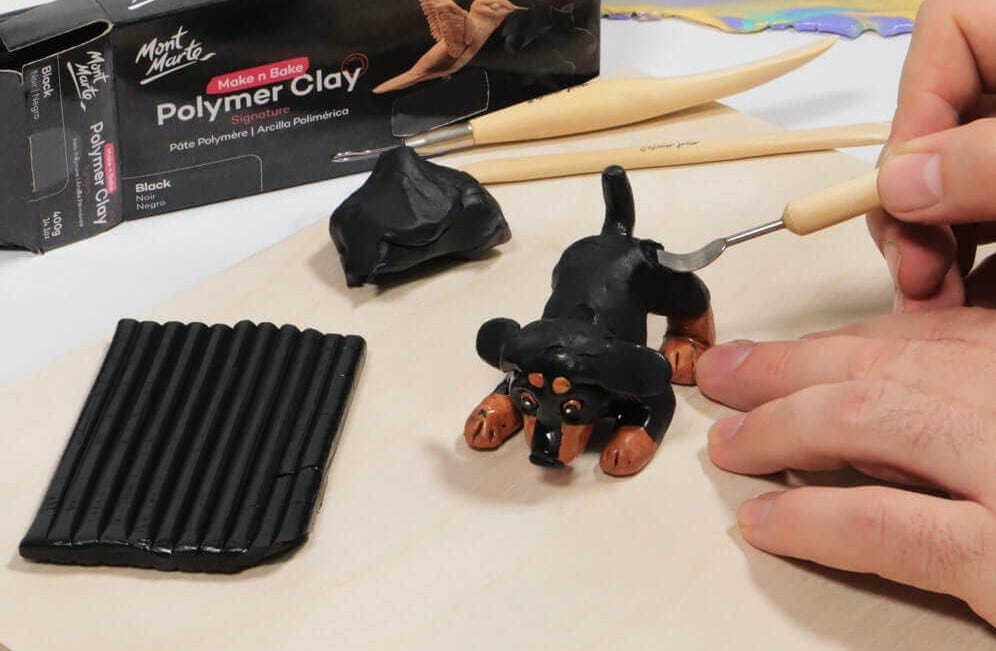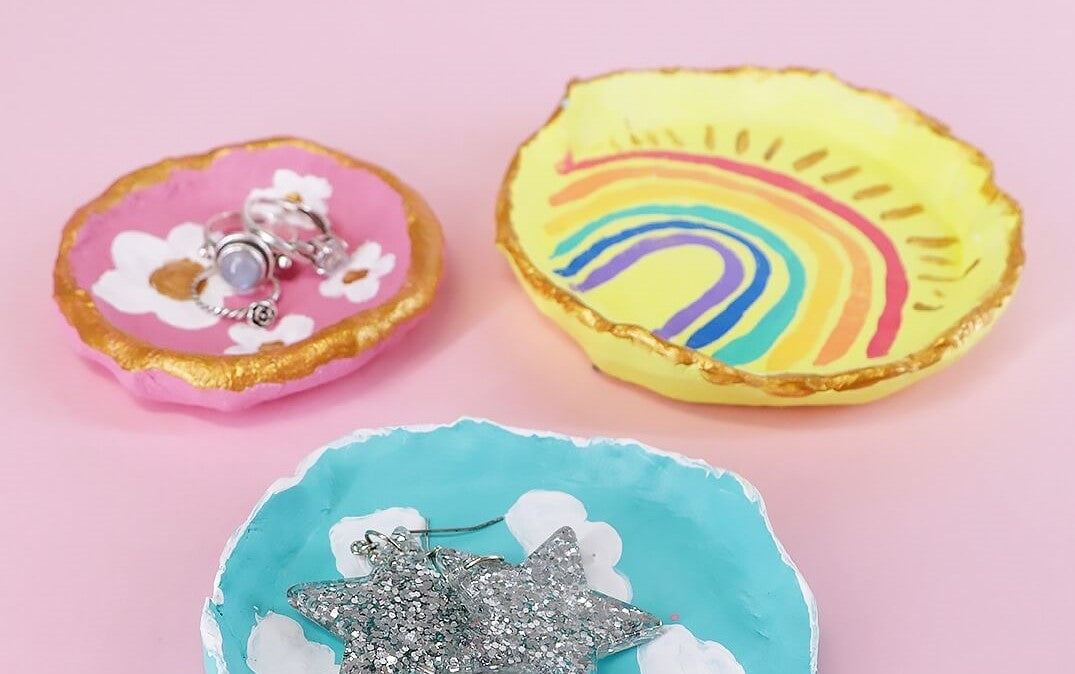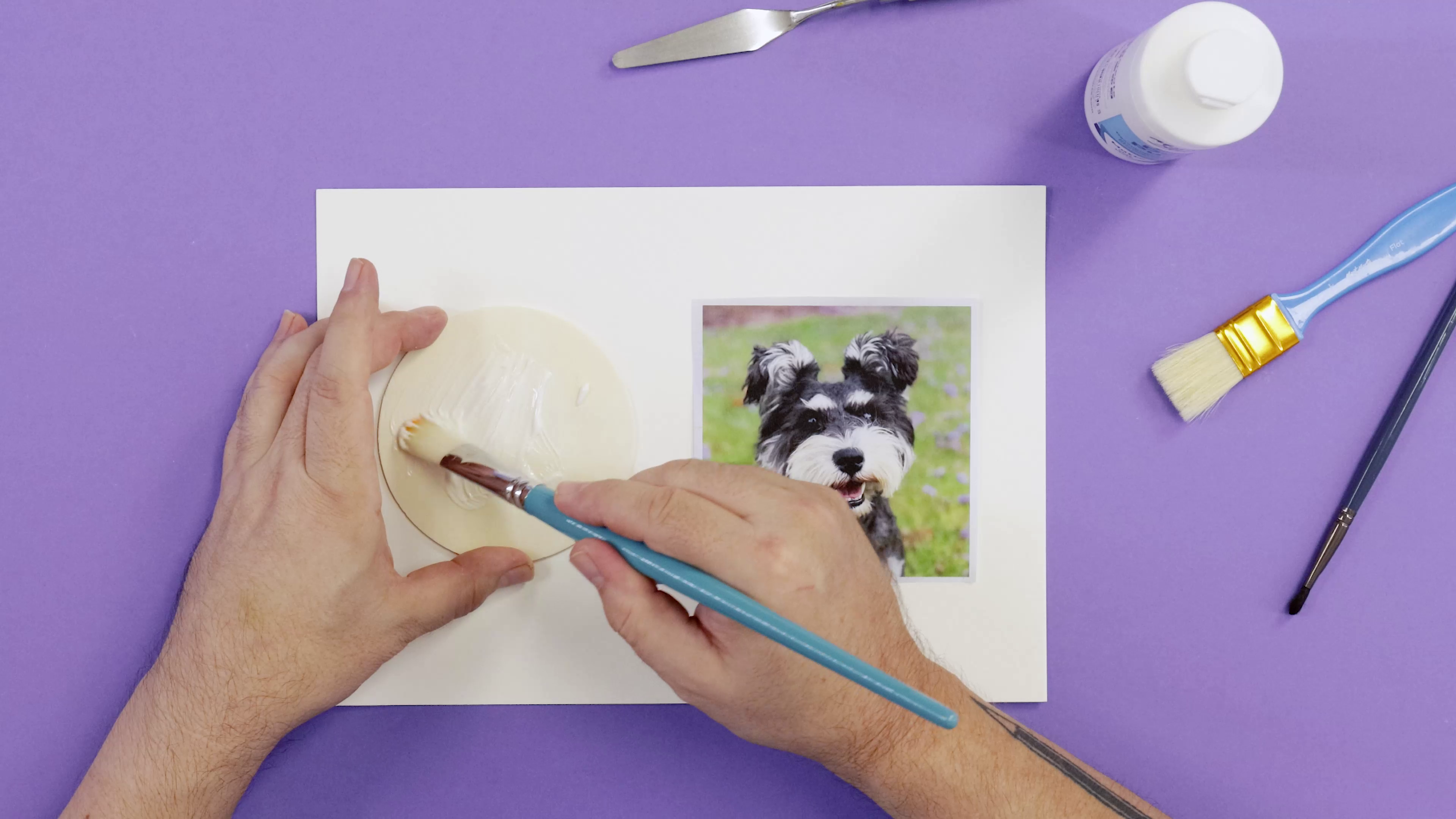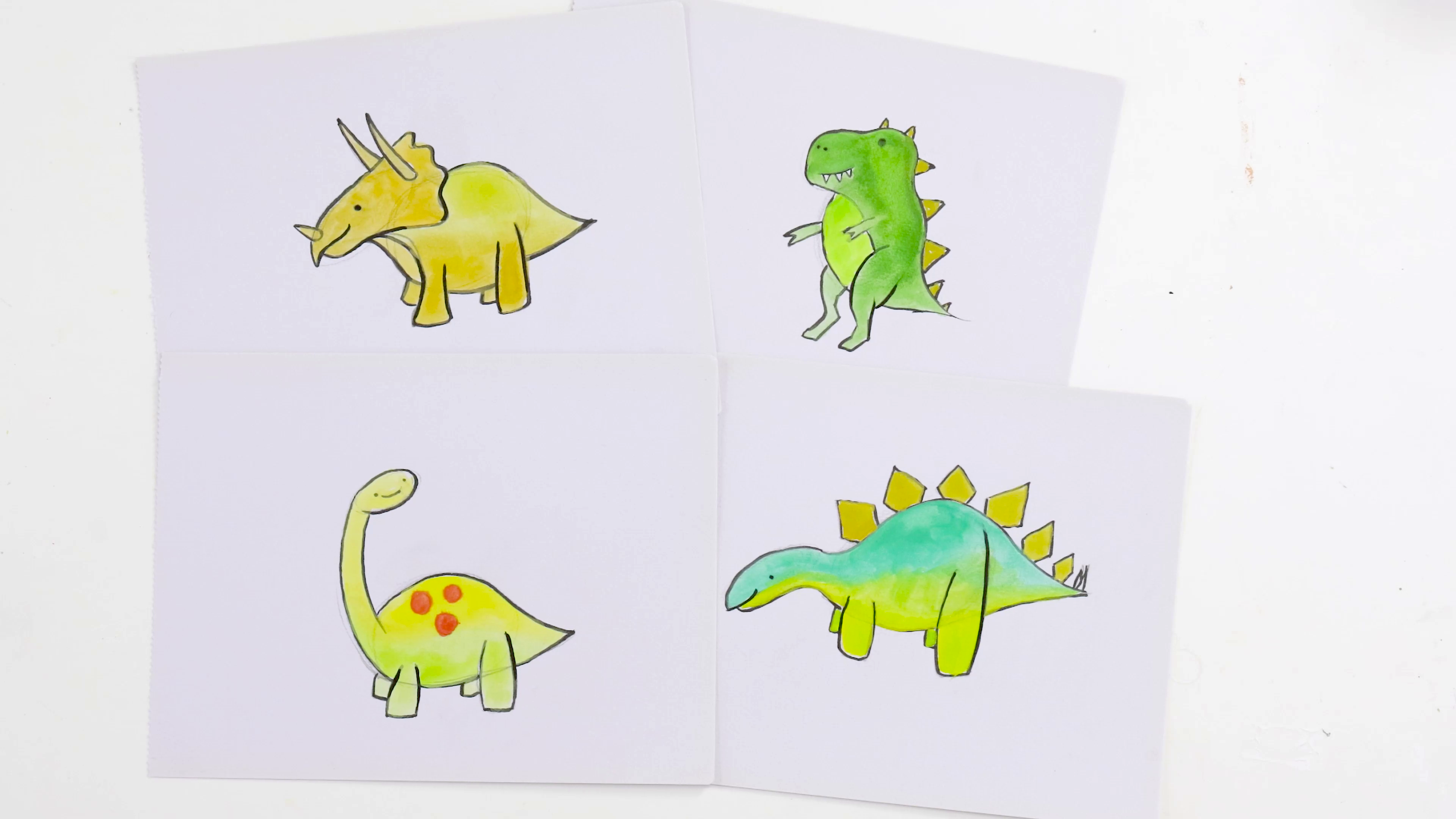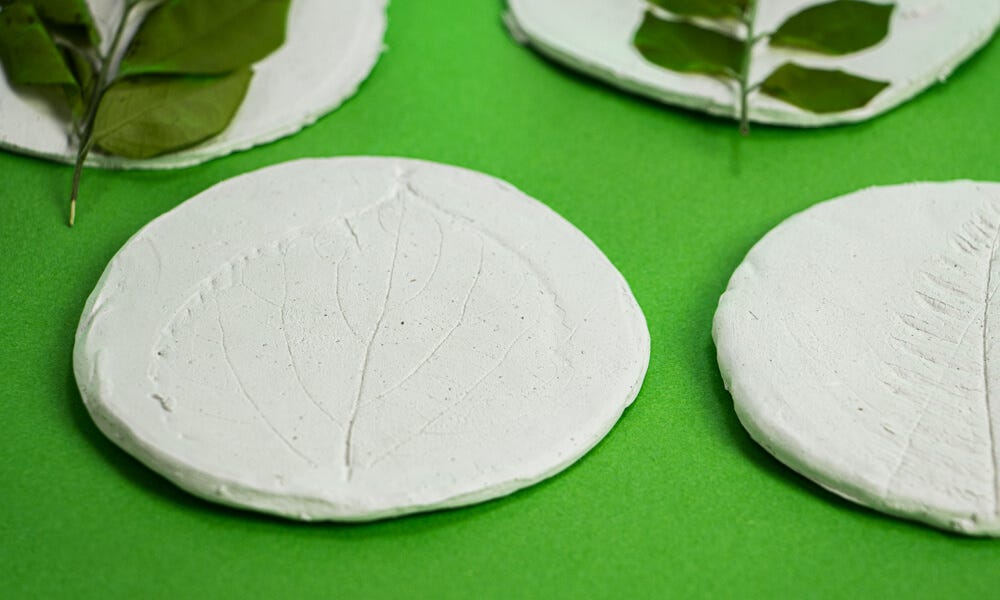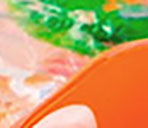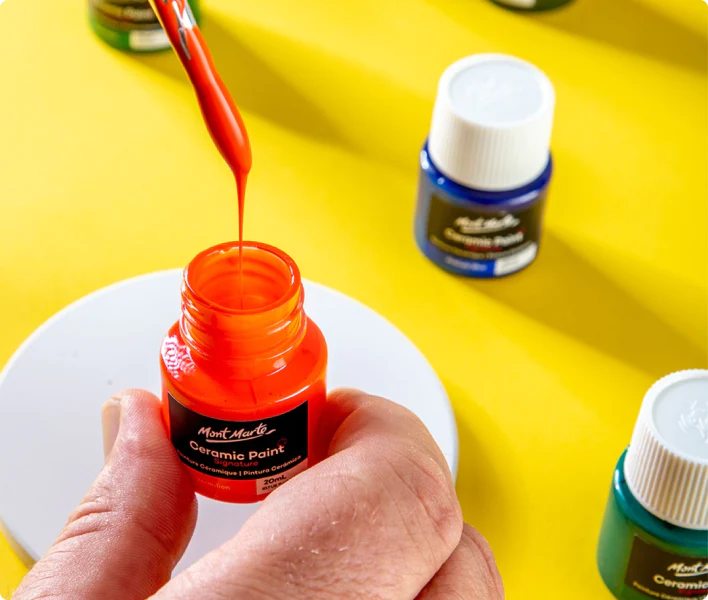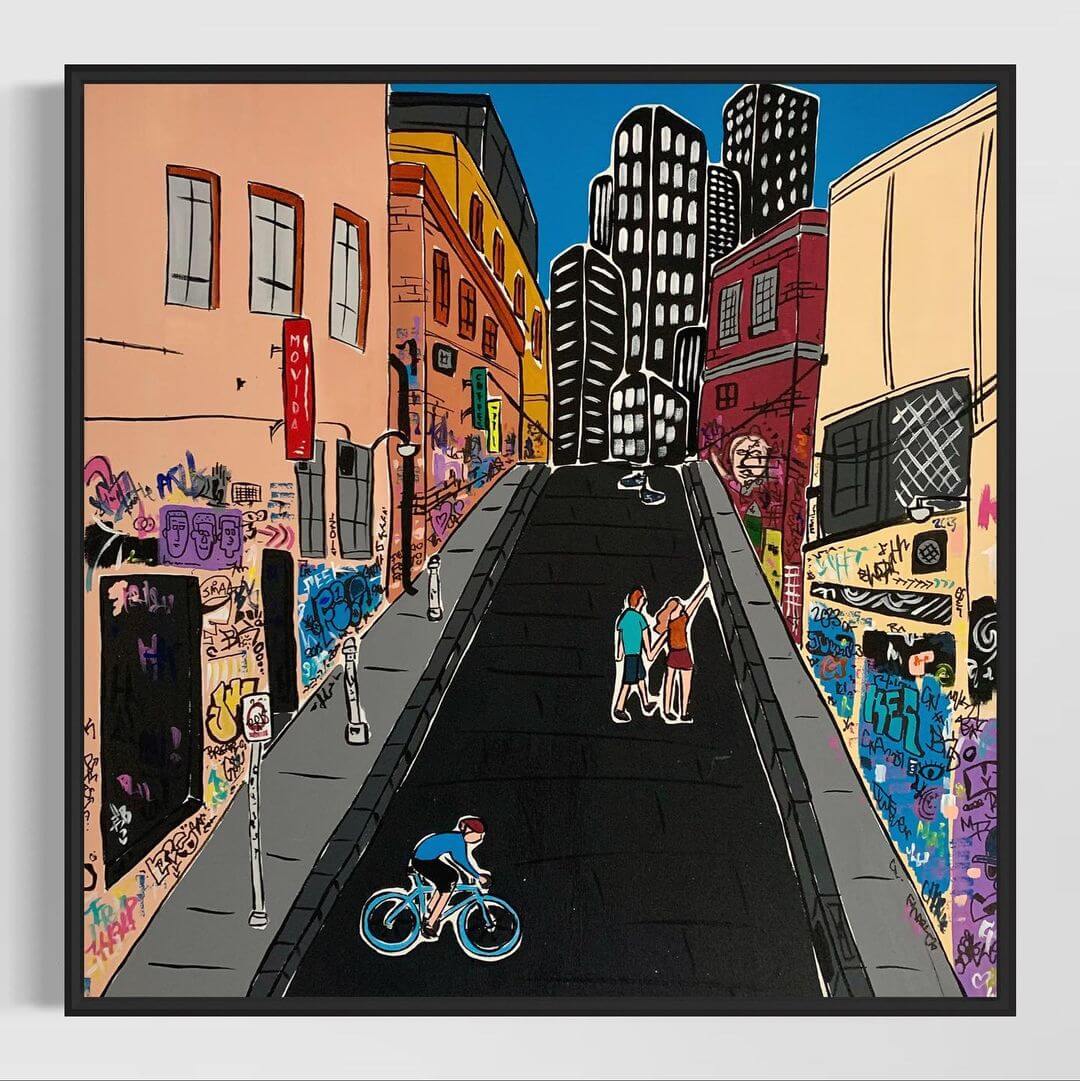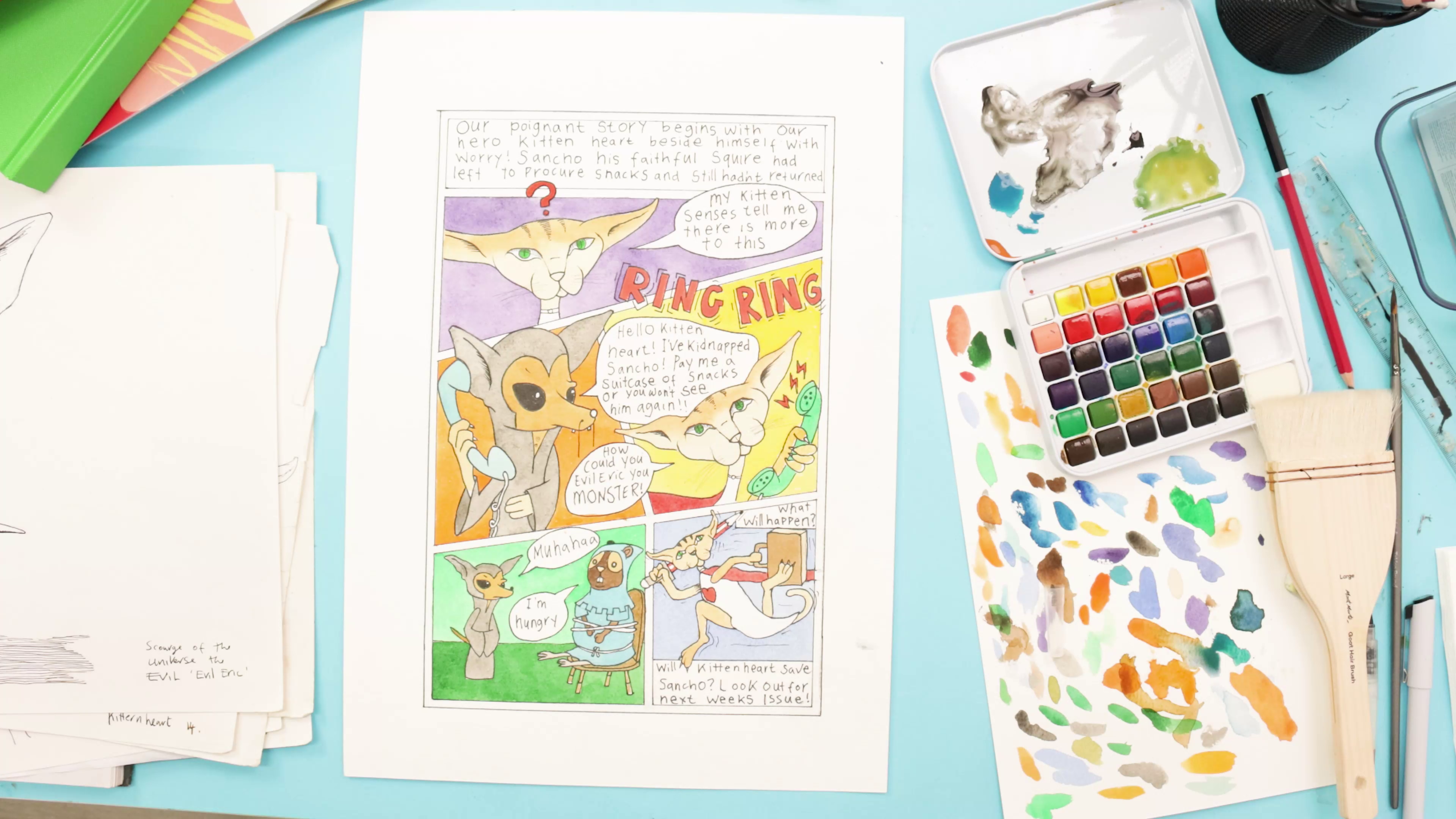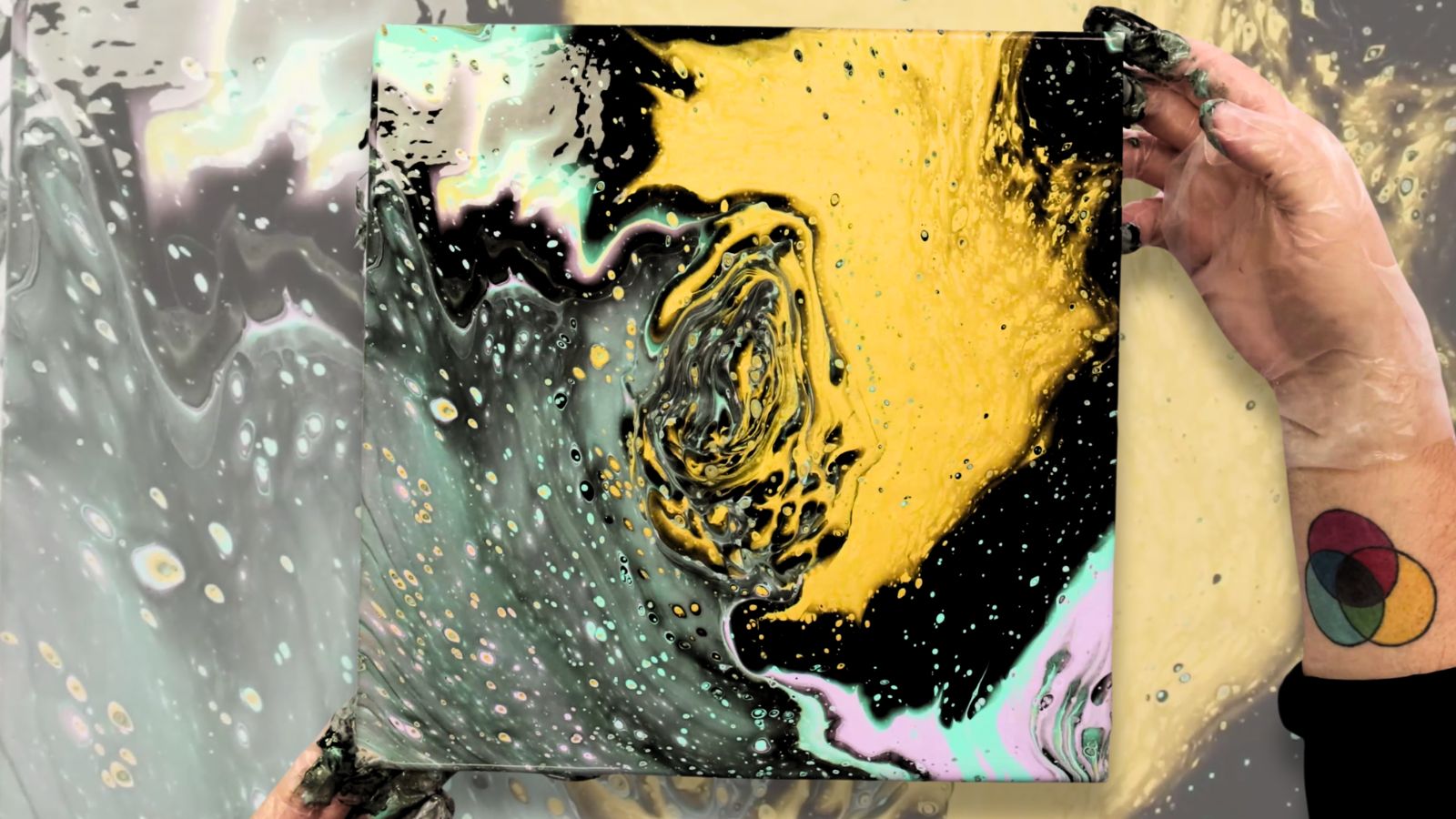Looking to try your hand at painting abstract cityscapes? Or created a few and looking for some words of wisdom? Either way, we asked Melbourne abstract artist, Charles Nanopoulos (@charlienanos_art) for his tips to help lend a hand for the next time you’re feeling creative.

1. Look close to home for inspo
When looking for inspiration I normally look close to home: bars, buildings, laneways and places I’ve visited in the past. I look for places which are bursting with character, life, colour and shared experiences.
2. Use a reference sketch or photo
Starting my process, suddenly I get an idea in my mind and once I’ve got that idea, I’ll either quickly sketch a very rough design or jot down a note in my phone. I tend to use reference photos --most I’ve taken myself.
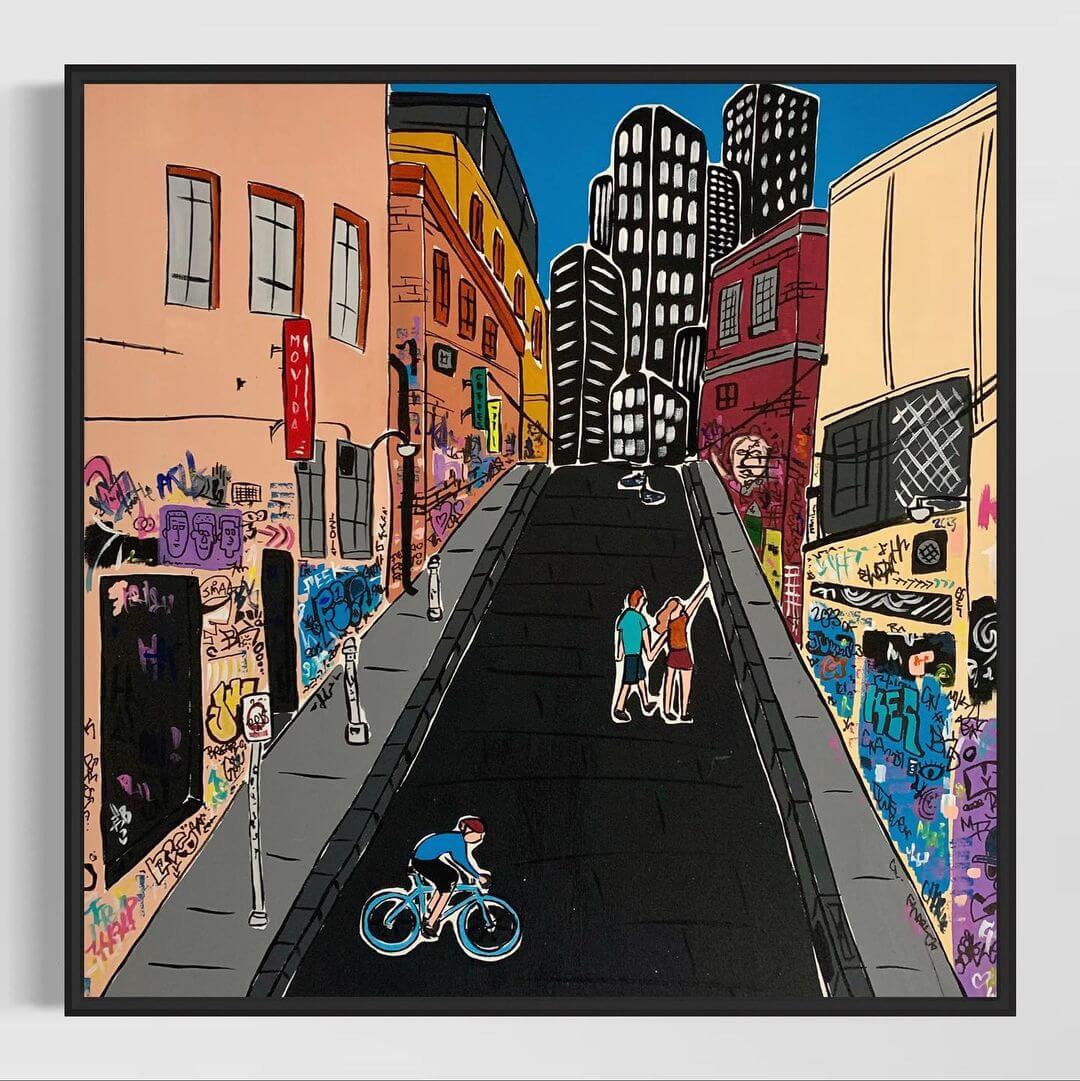
3. Working in threes
Having done a lot of previous commissions inspired by cityscapes, buildings, laneways, etc, I have developed a way in which I tend to balance my artworks with three main elements fitting in the other pieces around them.
4. Start with a sketch first
For each individual piece, I’ll do a rough, light sketch directly on top of the canvas just as a guide. I try and go with the flow and be as flexible as possible, wonky lines and all.

5. For an abstract look, stray away from perfection
Getting the desired look, the ideas I tend to stray away from are: straight lines, perfect corners, matching scale and perfect depth. I try to flatten and simplify the artwork as much as possible. Have fun, enjoy what you’re creating and if it feels like work, take a break.
6. Try contrasting colours
I often use a combination of pure colours and mixed colours. I tend to use a lot of greys and browns for the street aspect and contrast that with a nice, bright, vibrant blue!

7. Get close to your work for controlled lines
The way I get crisp irregular lines is a bit different. I like to work close to the artwork, sometimes laying down while holding the paint brush low to get better control.
8. Getting overwhelmed? Take a step back
Step back, take a deep breath and adjust. You can always paint over anything you don’t like!

9. You’ll know when it’s finished
Sometimes I’ll look at the final product for weeks, adding small elements and details. I think you’ll know when you’re content. When it’s finished, I like to use a spray-on matte varnish to protect my artwork.
10. Practice with different sizes and details and enjoy the process
Create, create and create! The more ideas (be it good or bad) the better. The more artwork you produce, the more refined your designs will become. Adjust and be flexible as you go. Always look to push your boundaries with sizes and details. Create your own personal style with a signature touch and just enjoy and being in the moment.

Charles Nanopoulos is an abstract artist from Melbourne. His distinctive dot and dash technique emerged as a way to save paint during the pandemic, and it’s now become part of his unique style. His abstract cityscape work includes a range of iconic Melbourne destinations from the Melbourne Cricket Ground to Luna Park.
You can find more about Charles Nanopoulos’ creative journey here or discover more about his art in our gallery listing.
Loving the content? Join our Creative Connection community and receive regular tips, tricks, inspos and projects delivered straight to your inbox! To join, scroll to the bottom of our site and pop in your email, it’s that easy.


